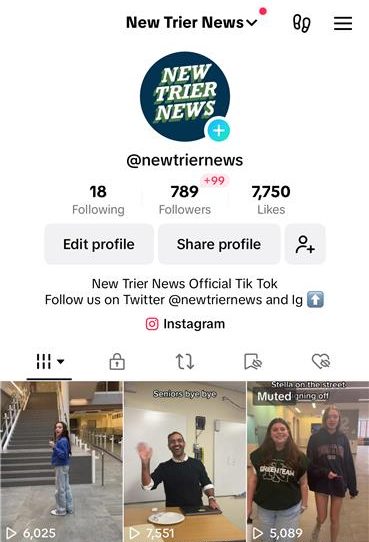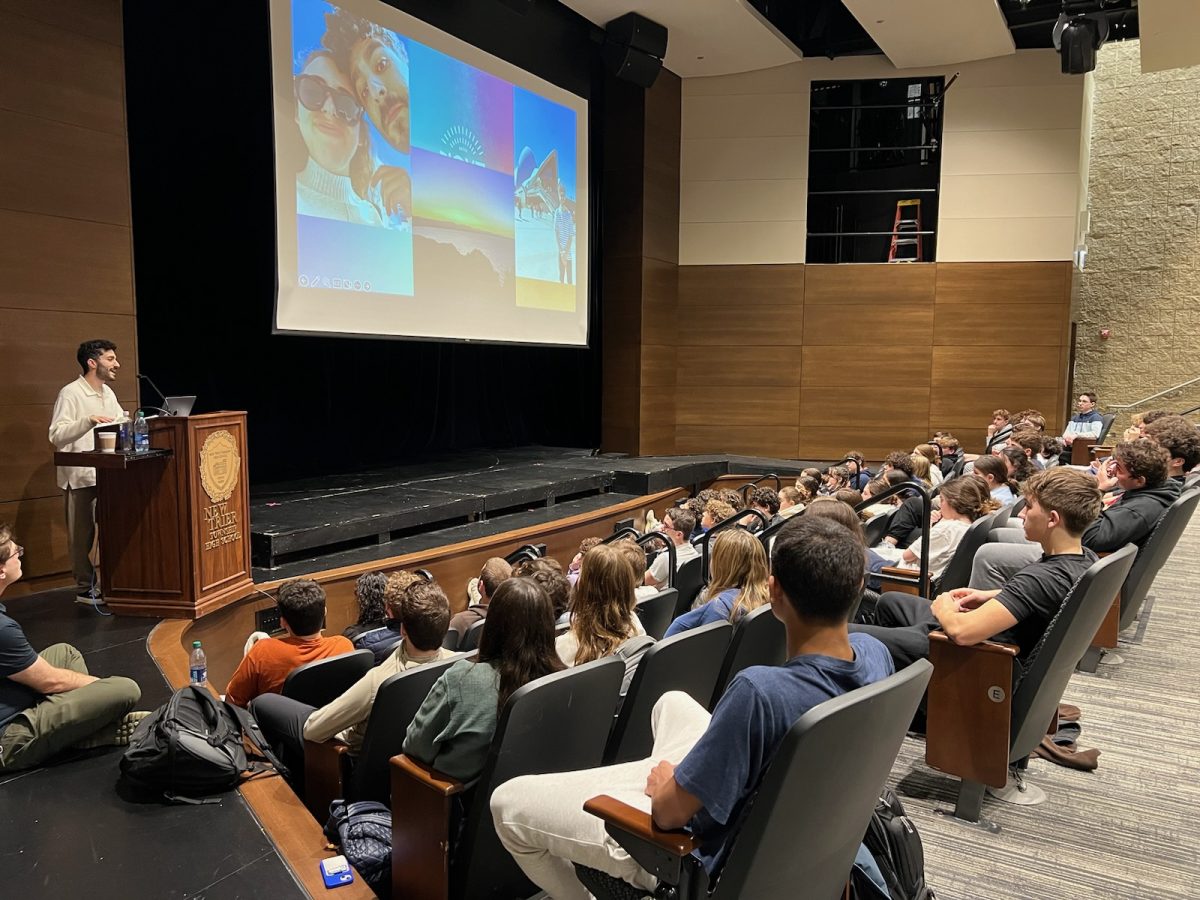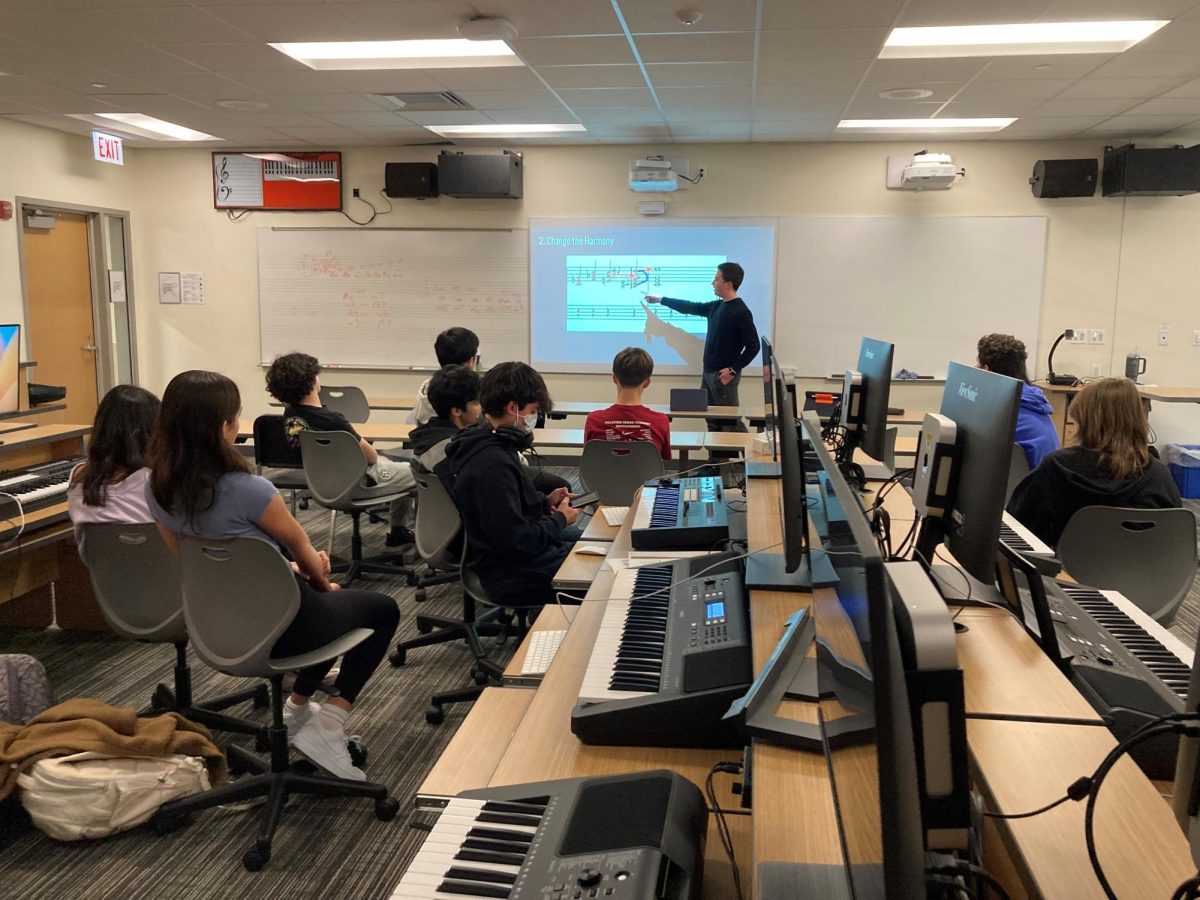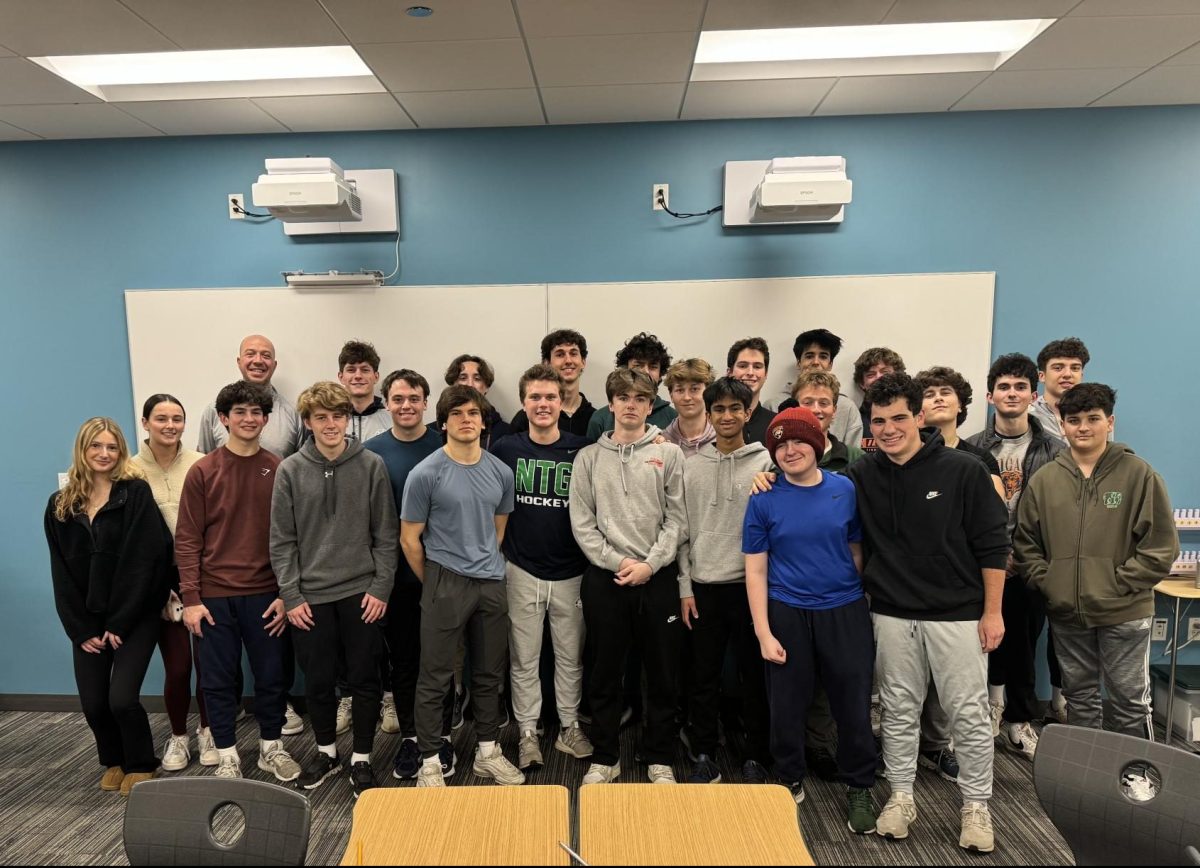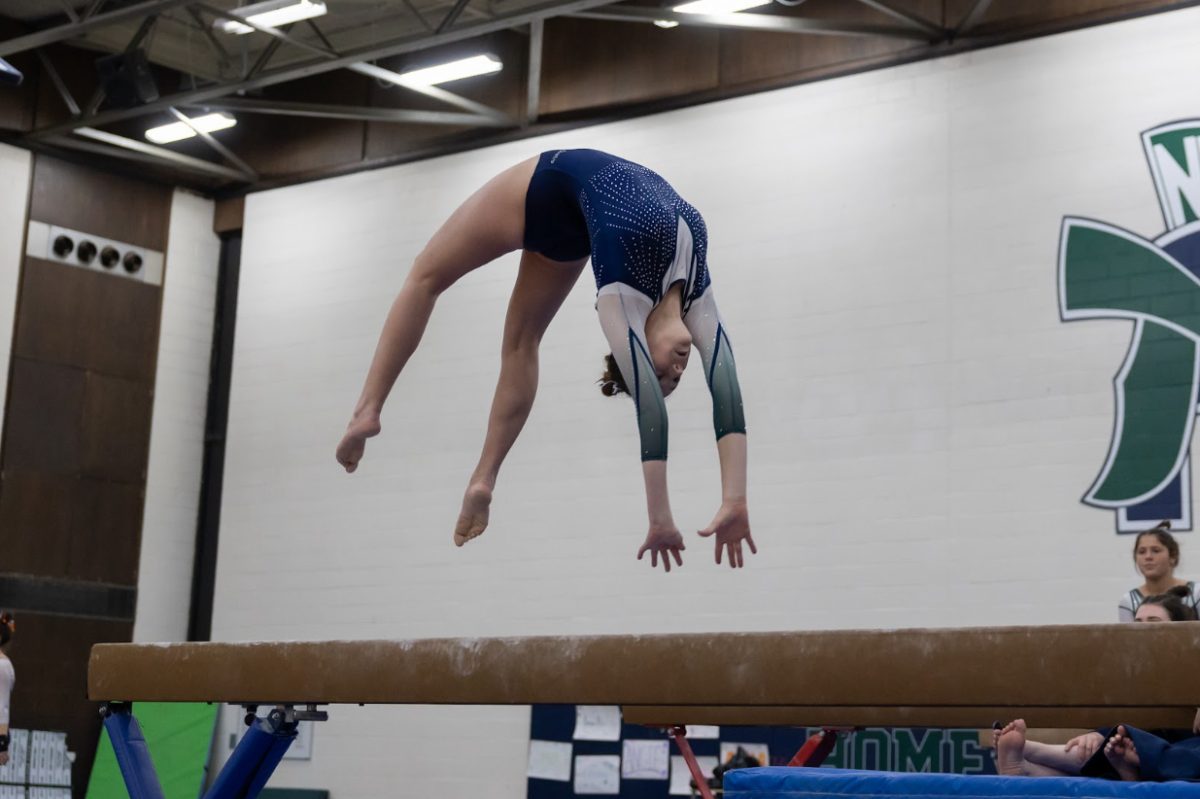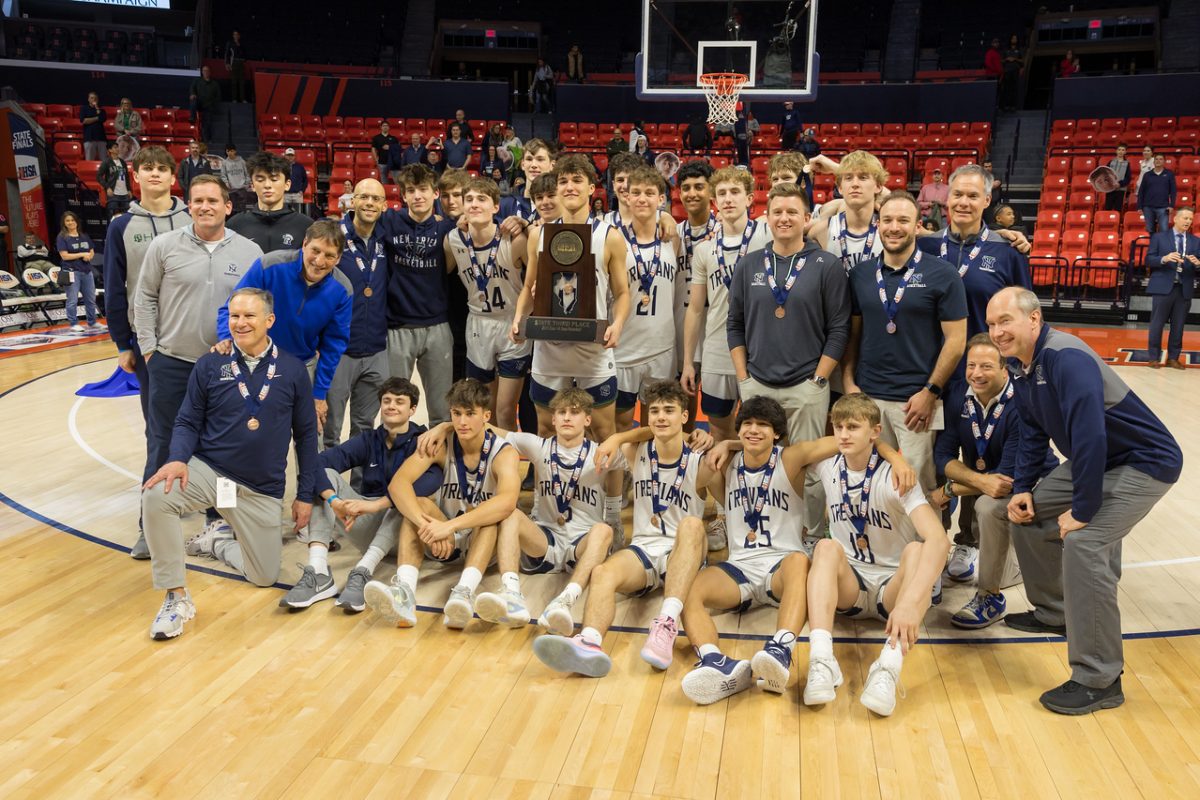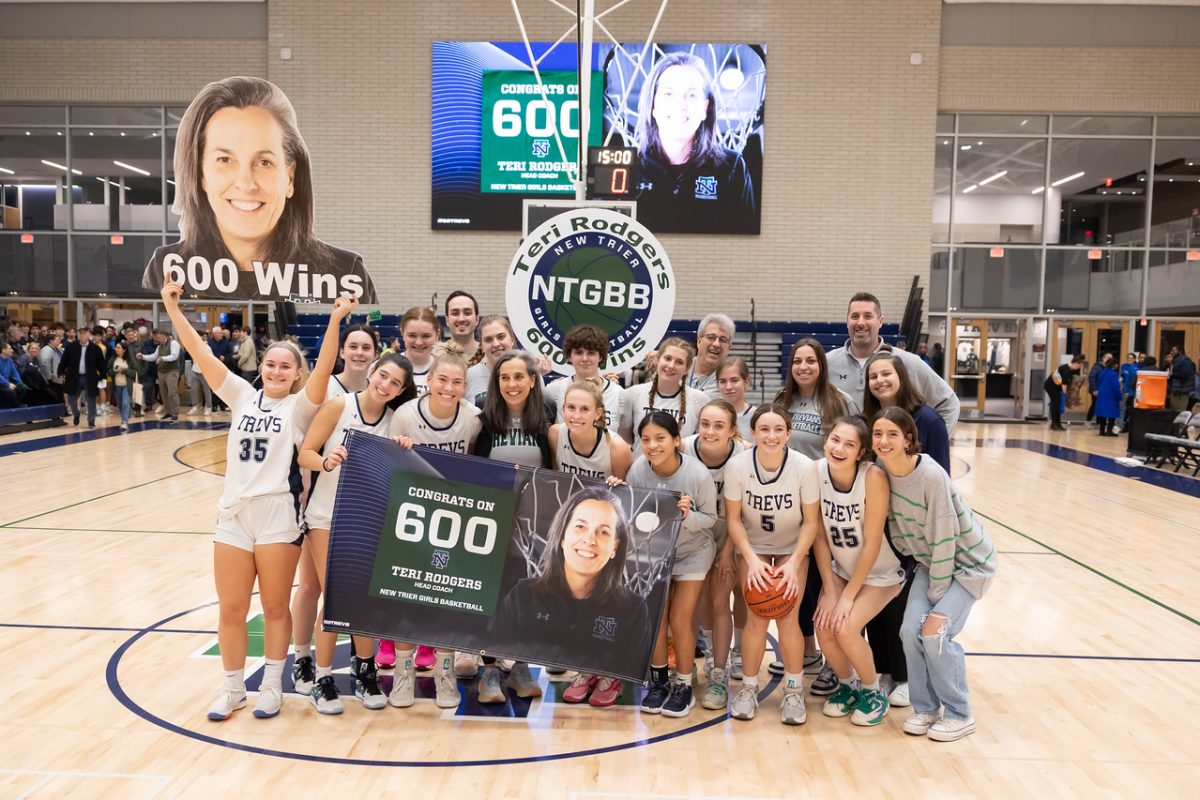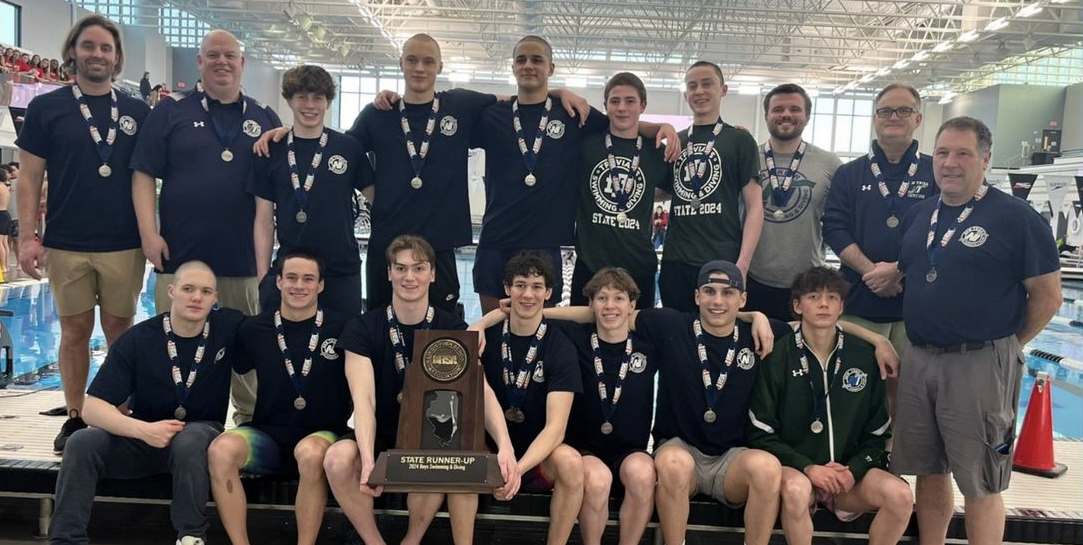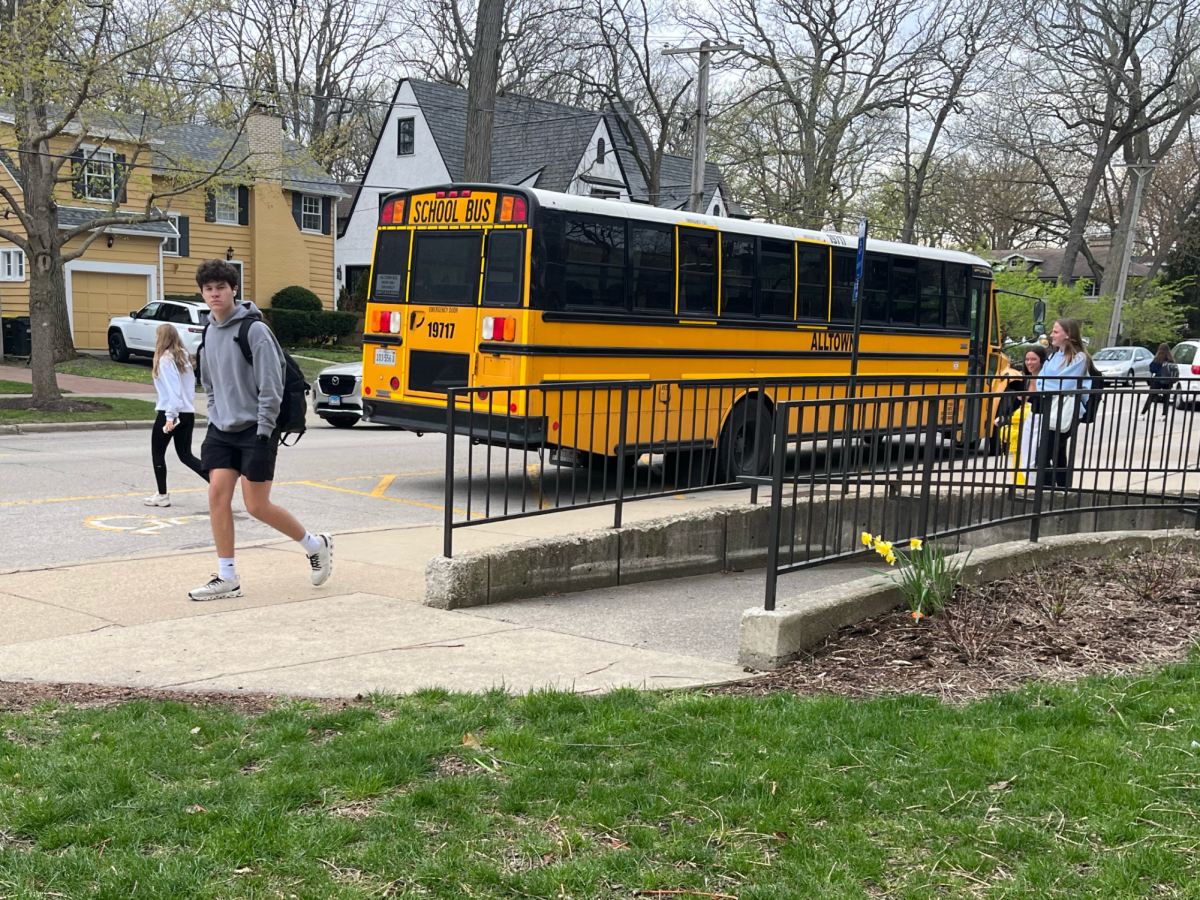These days, advisery is made up of kids finishing homework, trying to stay awake, and catching up with others about the weekend. There are days when you can cram in another draft of an essay, gossip about the most recent history test, or just fall asleep all together. Advisers try to get students to listen to the announcements or stand up for the pledge.
Surprisingly, New Trier’s advisery system, throughout all of its 86 years, hasn’t changed much. The most notable aspect of the advisor system that has stayed the same is the same-sex division. The founder of the system, former principal F. E. Clerk, thought that by separating the girls and boys, it would benefit the adviser and the advisees.
There was an idea that male advisers could relate to boys’ problems more than women, and vice-versa. Even though this type of adviser system has always been the same, it does not mean that the idea for a change has not been brought up.
Some feel that by separating the boys and girls, they will not socialize and meet others of the opposite gender. Academic, extracurriculars, and gym classes allow for the mingling of boys and girls, however. An anonymous junior thinks that other school activities allow for the socialization of boys and girls: “I feel that it could be solved with other activities and that it is good that they are separated because it is more comfortable.”
Junior Kevin Popa thinks that the separated adviseries is helpful: “The whole point of the adviseries is to be with your gender and it makes it a lot more comfortable being with people your same gender.”
Having a twenty-five minute advisery, staying with the same kids for four years, and home visits create a small community in such a large school. Most schools have a shorter, ten minute homeroom mainly for attendance. New Trier goes further, and focuses on making adviseries close, comfortable and lasting.
For example, adviseries complete the NAMES Program, social service projects, and team building activities together. Sophomore year, advisers have home visits where they get to know the student better and meet his or her parents. Freshman and sophomore year there are advisory tours of the west and east campuses. Adviseries can also choose to do other activities together such as NUSH, Advisery Olympics, and the Power Program, which typically take place sophomore year. Through all of these, advisers and advisees become closer and know each other better.
Another anonymous junior feels that New Trier does a good job with this system: “I think that adviseries are successful because you have the home base to go to in the morning but sometimes you are not always lucky with your adviser or your advisery.”
Advisers do not just help with report cards and attendance, there is a large responsibility for them to help their advisees socially and mentally, too.
In F. E. Clerk’s original outline of the advisery system from 1928, one of the adviser’s functions listed is to “Counsel on behavior and discipline, to develop a sense of security, satisfactory personal control, and responsibility for school citizenship.”
Clerk’s point is that advisers should get to know their advisees on a personal level, and to act as a person to go to when he or she needs assistance.
New Trier’s current brochure on the adviser system, which is passed out to new families joining the school, expresses a very similar notion of what being an adviser means. It says that the adviser serves as an “empathetic counselor” and a “role model.”
Comparing the two sources, it seems that one of the main purposes of the adviser is beyond the academic aspect of school. Sophomore Aviva Abrams thinks that her adviser accomplishes this: “She is very caring and understanding.”
The adviser is also the connection for the parents and students between home and school. In 1958-9, the New Trier Parent’s Association Curriculum Committee finished a long-term study of the adviser system where they created a list of objectives for the adviser that they felt were most important. One of the most important objectives they found crucial was that the adviser should act as the main liaison between home and school.
Home visits are part of this idea. Currently, they occur in the summer or fall of sophomore year. Before New Trier West was exclusively for 9th grade and the school was split, these visits took place freshman year due the fact that students had the same adviser all four years.
When New Trier West and East were separated, they maintained the exact same adviser system; it did not differ from campus to campus. When the two merged in 1981, freshman and sophomore adviseries mixed west and east students, whereas the upperclassmen maintained their previous adviseries.
Overall, the functions of the adviser have always stayed the same. They are there for academic and emotional support. There are some differences, however. One of them is that New Trier no longer has Deans.
In the 1989 outline of the adviser system, the responsibilities of the Deans are listed. There were two Deans then, the Dean of Students and the Associate Dean. The Dean of Students was to “act as the main disciplinarian” and to manage summer school. The Associate Dean was the attendance officer and the coordinator of homebound or hospitalized students. He or she also had to organize the supervision of the campus and help the Dean of Students with summer school discipline.
The duties of the Deans were later transferred to other school faculty, such as advisers and adviser chairs, which creates more work for them.
An adviser has to be able to put in a lot of their time and effort for his or her advisery, so finding and recruiting advisers is a whole process in itself. When the system started, faculty members were simply told they were going to be advisers and had to comply.
Nowadays, there are more male students but less male teachers, making the demand for boy advisers much higher. For want-to-be female advisers, it is different. There are less female students but more female teachers, creating more competition for the female faculty members to become advisers.
Both genders, however, have to go through the same training and learn the skills and responsibilities it takes to become an adviser.
Being an adviser requires knowledge in social work areas, too. Since advisers are supposed to help counsel advisees to some extent, they must know how to help students with problems besides academics.
New Trier definitely has a unique advisery system. It has received praise over the years for its achievement of combining school and home, and for providing students with consistent, personalized adult presence. Many schools have looked into adopting a similar system, but the cost of paying teachers for an extra twenty-five minutes and all of the addditonal advisery programming is not ones most other schools can afford.


